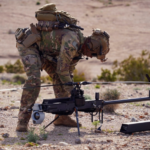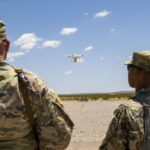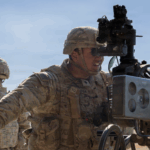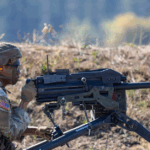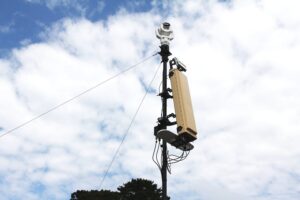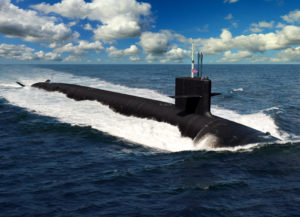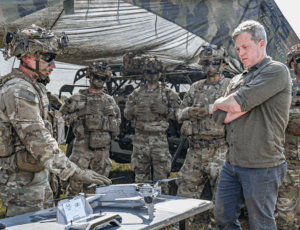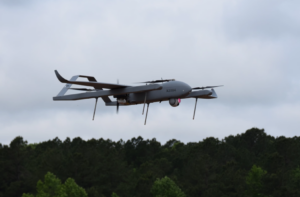
DENVER — After recently awarding options for the next steps in its competitive development effort, a lead official has affirmed the Army is looking to 2026 for initial procurement of its Future Tactical UAS (FTUAS) capability. Brig. Gen. David Phillips, the Army’s program executive officer for aviation, said last week the upcoming flight testing with Textron Systems [TXT] and Griffon Aerospace’s prototype offerings will inform the Army’s push to “aggressively” get after FTUAS procurement plans. “We’re still in competition there,…

 By
By 